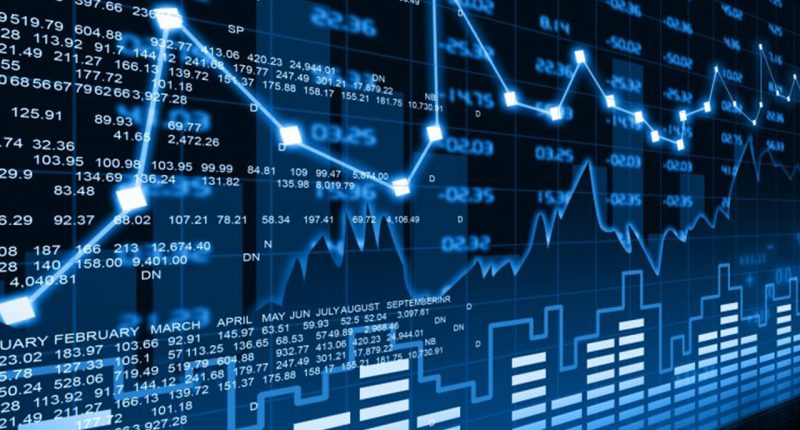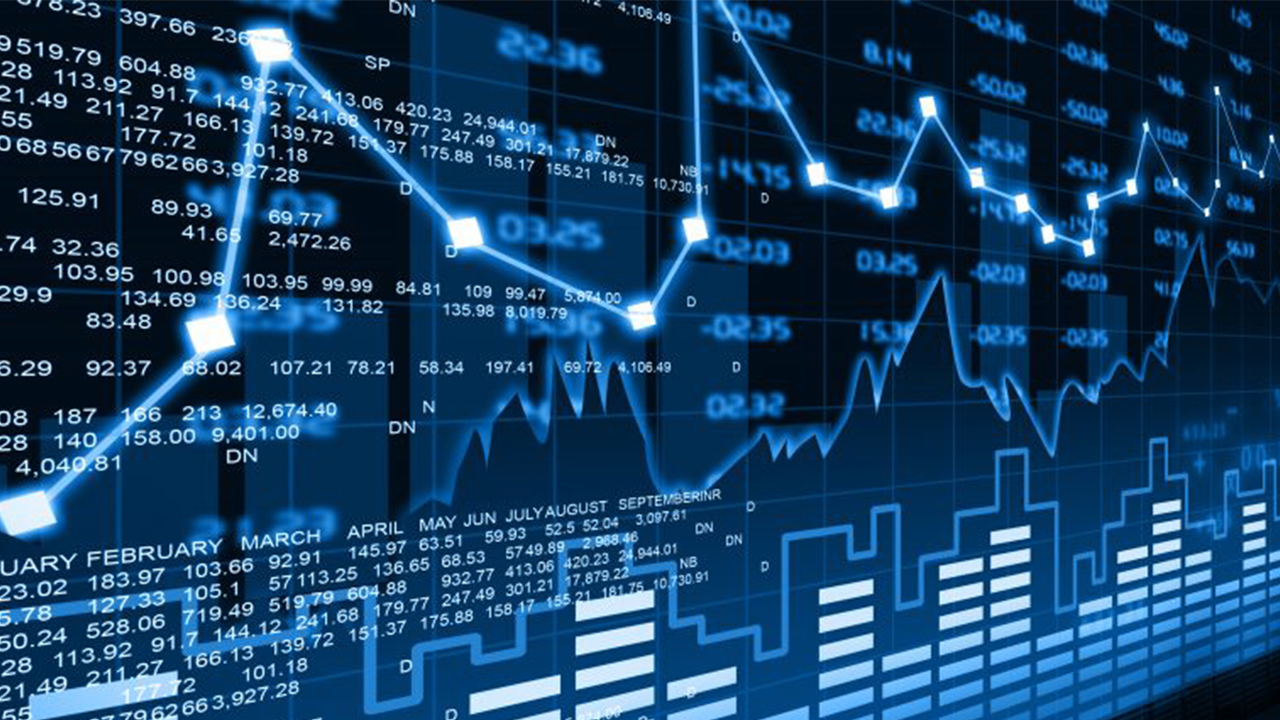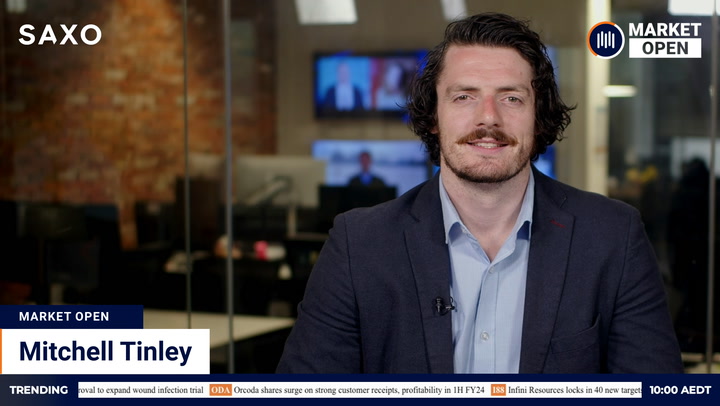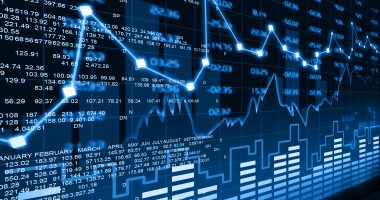Aussie shares pointed lower for a second day following sharp falls in the US as another surge in bond yields battered market sentiment.
Stocks tumbled and yields flew higher after Federal Reserve Chair Jerome Powell indicated the bank had no plans to act on soaring borrowing costs.
The Dow and S&P 500 shed more than 1.1 per cent. The Nasdaq Composite fell into correction territory. Gold skidded to a nine-month low. Copper slumped 4 per cent. The Australian dollar fell back towards 77 US cents. Oil surged to its highest level in a year after OPEC+ extended production caps.
Australian futures dropped 17 points or 0.25 per cent after the the ASX 200 pre-empted much of the overnight weakness with a fall of 57 points or 0.84 per cent yesterday.
Wall Street
The yield on ten-year US treasuries jumped almost seven basis points to 1.55 per cent after Powell dashed market hopes the Fed would announce a plan to contain rising borrowing costs. Powell said the bank expected “upward pressure on prices”, but announced no new policy.
The Nasdaq Composite, heavily weighted towards growth stocks vulnerable to higher rates, skidded 274 points or 2.11 per cent. The decline extended the index’s retreat from its peak beyond 10 per cent, meeting the definition of a technical correction.
The S&P 500 shed 51 points or 1.34 per cent. The Dow Jones Industrial Average lost 347 points or 1.11 per cent.
“He failed to provide the type of reassuring comments investors were hoping for,” Adam Crisafulli, founder of Vital Knowledge, said. “He was vague about what actions specifically would be taken if the Fed felt yields were rising to excessive levels (he was given a few opportunities to endorse a change in QE duration but never did).”
Some investors had been looking for the Fed to announce a new “Operation Twist“, a policy tweak designed to flatten the yield curve. This approach, last used during the European debt crisis a decade ago, involves the bank selling short-term treasuries and buying the same amount of long-term treasuries. The pace of increase in long-term rates over the last few weeks has unsettled equity markets.
“The market has been worried about the rise in long-term interest rates and the Fed chairman in his commentary didn’t really push back towards this increase in rates and the market took it as a signal that yields could rise further which is what has happened,” Scott Brown, chief economist at Raymond James, told Reuters.
The Nasdaq was on track for a third straight losing week. Tech stocks are particularly vulnerable to higher borrowing rates because they are valued on future earnings, which get discounted when rates climb.
Wall Street’s “fear gauge“, the VIX, climbed 7.2 per cent to its highest in five weeks.
Australian outlook
Groundhog day. Another up-leg in bond yields, another dump in equity markets. Wall Street looked to Big Daddy Powell for comfort and did not hear the soothing words it wanted. Interventions of the type some commentators sought have only happened twice before – 1961 and 2011. Apparently, Powell and cohorts do not feel current conditions justify another intervention. Or at least, not yet.
The ASX has held its ground pretty well through this turmoil, relative to Wall Street. At yesterday’s close, the S&P/ASX 200 was just 157 points or less than 3 per cent off last month’s 11-month peak. By contrast, the Nasdaq has fallen 10 per cent and the S&P 500 5 per cent. Part of the difference is the weight of growth stocks on each side of the Pacific. With its dependency on banks and miners, the ASX is more heavily weighted towards the value end of the spectrum.
One peculiar aspect of the latest equity tantrum is that inflation and rising rates are evidence of an improving economy.
“It’s crazy how fast investor attention changed from ‘stimulus and recovery’ to ‘inflation and rising interest rates’. But that’s what we’re focusing on right now, so investors better get used to it,” ThinkMarkets analyst Carl Capolingua said.
Energy stocks were the night’s standout in the US, rising 2.5 per cent in a falling market. Technology led the retreat, falling 2.3 per cent. Materials declined 2.1 per cent, industrials 1.6 per cent and financials 1.2 per cent.
The dollar was knocked lower by a surge in the greenback, falling 0.33 per cent to 7.27 US cents.
Commodities
Oil soared to its highest level in more than a year after the Organization of the Petroleum Exporting Countries and allies extended production caps until the end of next month. Brent crude settled $2.67 or 4.2 per cent ahead at US$66.74 a barrel, its strongest close since last February. The US benchmark scored its strongest close since April 2019.
Powell’s “do nothing” stance on rates boosted the dollar and yields, which in turn pushed gold to a nine-month low. Metal for April delivery settled $15.10 or 0.9 per cent weaker at US$1,700.70 an ounce. Copper dived 4 per cent to US$3.9785 a pound.
Miners took a hit as the rampant greenback crushed commodity prices. Rio Tinto tumbled 5.69 per cent in the US and 4.37 per cent in the UK. BHP’s US-listed stock shed 3.74 per cent and its UK-listed stock 2.86 per cent.







